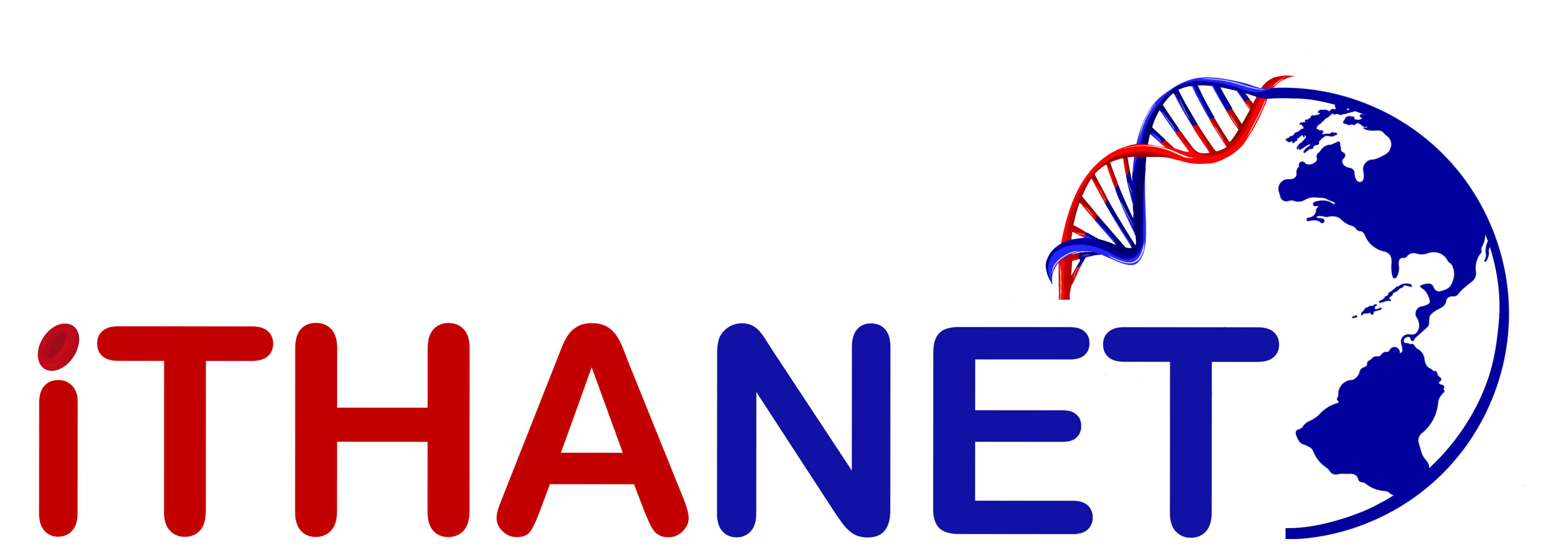GeneID: 469
Names
| Common Name: | HP | Type: | Gene |
|---|---|---|---|
| Chromosome: | 16 (NC_000016.10) | Locus: | NG_012651.1 (HP) |
| HUGO Symbol: | HP | Full Name: | haptoglobin |
| Exons: | 7 | Introns: | 6 |
Description:
The HP gene encodes haptoglobin (Hp), a plasma glycoprotein that binds free haemoglobin (Hb). During intravascular hemolysis, Hb is released from red blood cells into the extracellular environment, which could cause severe oxidative tissue damage. Hp binding shields Hb and exposes a neoepitope that is recognized by the monocyte/macrophage scavenger receptor, CD163. The Hb-Hp complex binds CD163 and mediates Hb-Hp endocytosis and degradation through the reticuloendothelial system. In this way, Hp helps reduce Hb loss through the glomeruli, hence preventing kidney damage and allowing heme-iron recycling. Hp is a tetrameric protein with two α/β dimers joined by interchain disulfide bonds. Each Hp α/β dimer is synthesized as a precursor polypeptide from a single mRNA, which is cleaved into an amino-terminal α-chain and a carboxy-terminal β-chain. The α and β chains are linked by disulfide bridges. There are two allelic forms, Hp1 and Hp2, which manifest three phenotypes; Hp1-1, Hp2-2, and the heterozygous phenotype Hp2-1, reflecting inherited variations in the Hp polypeptides. Studies have shown variation in the polymorphic distribution of Hp according to the geographic area, as well as conflicting association findings with different clinical events and laboratory parameters in cohorts of sickle cell anemia (SCA). However, at least one study revealed higher susceptibility of Hp1‐1 SCA Cameroonian patients to oxidative stress and another reported a higher frequency of Hp2-2 in SCA patients with severe vaso-occlusive crisis from India. Further investigations are necessary to identify the implications of Hp polymorphism in SCA patients.
Synonyms: BP , HPA1S , HP2ALPHA2
Comments:
N/A
Number of entries/variants: 0
Sequence Viewer
Publications / Origin
- Lim SK, Ferraro B, Moore K, Halliwell B, Role of haptoglobin in free hemoglobin metabolism., Redox Rep, 6(4), 219-27, 2001 PubMed
- Bernard Kengne Fotsing C, Anatole Pieme C, Cabral Biapa Nya P, Paul Chedjou J, Ashusong S, Njindam G, Nengom JT, Teto G, Nguemeni C, Fon Mbacham W, Gatsing D, Haptoglobin Gene Polymorphism among Sickle Cell Patients in West Cameroon: Hematological and Clinical Implications., Adv Hematol, 2021(0), 6939413, 2021 PubMed
- Meher S, Mohanty PK, Patel S, Das K, Sahoo S, Dehury S, Mohapatra MK, Jit BP, Das P, Dash BP, Haptoglobin Genotypes Associated with Vaso-Occlusive Crisis in Sickle Cell Anemia Patients of Eastern India., Hemoglobin, 2021 PubMed
- Kengne Fotsing CB, Pieme CA, Biapa Nya PC, Chedjou JP, Dabou S, Nguemeni C, Teto G, Mbacham WF, Gatsing D, Relation between haptoglobin polymorphism and oxidative stress status, lipid profile, and cardiovascular risk in sickle cell anemia patients., Health Sci Rep, 5(1), e465, 2022 PubMed
- Edwards O, Burris A, Lua J, Wilkie DJ, Ezenwa MO, Doré S, Influence of Haptoglobin Polymorphism on Stroke in Sickle Cell Disease Patients., Genes (Basel), 13(1), 0, 2022 PubMed
